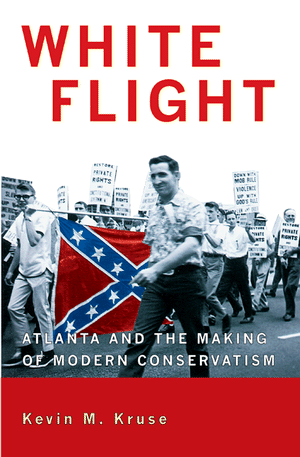 “In Harlem and elsewhere in New York City, the tipping point has clearly been passed.”
“In Harlem and elsewhere in New York City, the tipping point has clearly been passed.”
June 4, 2014
 A Black Agenda Radio commentary by executive editor Glen Ford
A Black Agenda Radio commentary by executive editor Glen Ford
The term “tipping point” used to be synonymous with white flight from the cities. Now that Blacks are being forced from high priced urban neighborhoods, what is the “tipping point” for maintaining the Black urban presence? “How many upscale, mostly white people does it take to make a neighborhood, and ultimately whole cities – like San Francisco – unaffordable and downright hostile to Black habitation?”
Back in the early Sixties, sociologists began to use the term “tipping point” to describe white response to the entrance of Blacks into formerly white neighborhoods. The raw statistics showed clearly that such “tipping points” existed, although sociologists argued about the dynamics of precisely when white exits turned into sudden, wholesale flight. Certainly, real estate agents and developers understood the phenomenon, having set it in motion in city after city in the Forties and Fifties in order to make a killing in the market. So-called “block-busters” played on racist hysteria, buying up white properties at rock bottom and selling them at inflated prices to Blacks desperate to escape densely-packed ghettos.
 The churning of neighborhoods generated billions in profits and changed the face of America in a remarkably short period of time. Ultimately, whites’ refusal to share urban space with Blacks created an American racial and economic geography unique in the world, in which the Black and brown poor resided in hollowed out, shrunken, capital-deprived central cities surrounded by a belt of suburban white wealth – the exact opposite of the historical world model of urban development.
The churning of neighborhoods generated billions in profits and changed the face of America in a remarkably short period of time. Ultimately, whites’ refusal to share urban space with Blacks created an American racial and economic geography unique in the world, in which the Black and brown poor resided in hollowed out, shrunken, capital-deprived central cities surrounded by a belt of suburban white wealth – the exact opposite of the historical world model of urban development.
America, which invented modern white racism through the establishment of Black chattel slavery, had once again been reshaped through the socio-economic dynamics of white racism.
For more than half a century, racial tipping points referred primarily to the behavior of white people, a predictor of white flight, creating new spaces for Black habitation in the cities. But, racism is irrational, as were the socio-economic landscape created by white racism, with whites traveling ridiculous distances to find racially exclusive environments at affordable prices. The corporate class longed for the centralized amenities that only big cities can provide, and finance capitalists looked forward to trillions in added values if only the Blacks and browns could be evicted from urban real estate.
“It is more like a purge, an ethnic cleansing.”
Finance capital, corporate muscle, and the political parties that serve them have set in motion the new phenomenon of Black flight from the cities, and white return. Unlike white flight of the previous era, the current Black exodus is mainly involuntary and economic. In reality, it is more like a purge, an ethnic cleansing based on the reality that, in a racist society, the very presence of substantial numbers of Black people brings down the value of land and other assets.

Mogul Dan Gilbert’s vision for Capitol Park in downtown Detroit. Hundreds of mostly Black, senior and disabled residents of the subsidized Griswold Apartments, shown at right, have been driven out effective May 31. Other senior buildings located in the area will soon follow suit, to make way for luxury condos.
Today, the question in city after city is, What is the tipping point for maintaining Black populations? How many upscale, mostly white people does it take to make a neighborhood, and ultimately whole cities – like San Francisco – unaffordable and downright hostile to Black habitation? In Harlem and elsewhere in New York City, the tipping point has clearly been passed, as it has in Washington DC, and will soon occur in Atlanta. Blacks are under siege – up against the tipping point – in Chicago. Even in cities such as Baltimore, where Black majorities make wholesale purges impractical – for the moment – targeted Black neighborhoods are rapidly tipping.
Outrageously, the governor of Michigan proposes to bring in a steady stream of upscale immigrants to dilute the 82 percent Black population of Detroit.
 And yet, there is nothing approaching a national Black consensus on a response – which means the political tipping point may have already passed, and the purge of the cities will continue, without effective Black resistance.
And yet, there is nothing approaching a national Black consensus on a response – which means the political tipping point may have already passed, and the purge of the cities will continue, without effective Black resistance.
For Black Agenda Radio, I’m Glen Ford. On the web, go to BlackAgendaReport.com.
BAR executive editor Glen Ford can be contacted at Glen.Ford@BlackAgendaReport.com.




